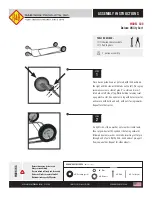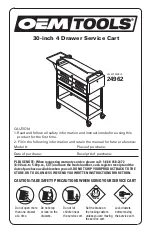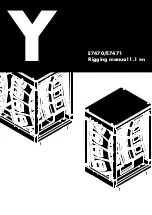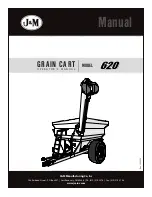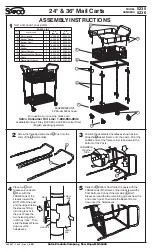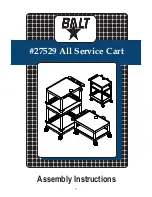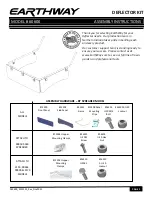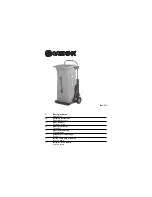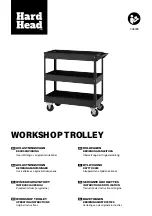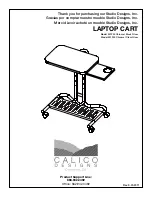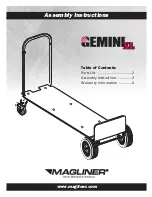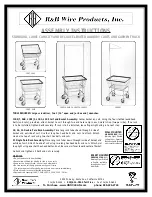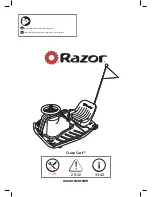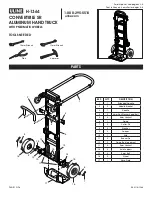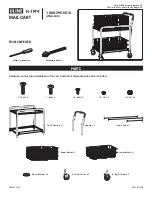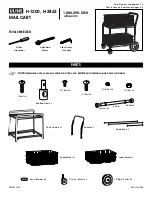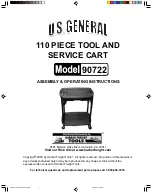
Plunger Cart
Experiments
22
012-14781A
If the acceleration is uniform, Eqn. 2 equals Eqn. 3. You can use the measured values of the angle
ø (the angle of uniform acceleration), the distance d, and the time t to calculate the kinetic coefficient
of friction µ
k
.
Procedure
NOTE: To get consistent results in this experiment, you must insure that the ramp you will be using
is both straight and clean. Wipe the surface of the ramp and the friction block with a rag.
Determining the coefficient of kinetic or "sliding" friction:
1. Place the cart with the friction block on the ramp. Set up the ramp at a relatively low angle (one that
does not cause the friction block to begin sliding down the ramp by itself).
2. Increase the angle of the ramp until the block begins to slide down the ramp on its own, but only
after you “release” it by slapping the table (or tapping the ramp very lightly). Now increase the angle
of the ramp by a few more degrees, so that the block will slide down the ramp with a uniform
acceleration when you release it with a “slap” or tap. The angle of the ramp must be low enough
so that the block does not begin to slide on its own only when you release it. Measure the angle of
the ramp with the protractor and record it as the angle of uniform acceleration (ø) in the data table.
3. Release the block from the grasp of static
friction as described in the previous step and
measure the time of the cart’s descent down
the ramp. Record this time as t in data Table
6.1. Measure the distance d that the block
slides down the ramp and record this data in
Table 6.1. Repeat the measurements four
times. Use Eqn. 3 to compute the accelerations
of the block and enter the values in data Table
6.1. Determine the average value of accelera
-
tion and enter it below data Table 6.1.
4. Use Eqn. 2 to calculate the coefficient of kinetic or “sliding” friction. Enter it below the data table.
Prediction of D and Measurement of D:
5. Now slightly reduce the angle of the ramp until the block will just barely slide down the ramp with a
uniform speed when you release it with a slap or tap. Measure this “slip” angle. Reduce the angle
of the ramp to about one half of the “slip” angle. Measure this new angle and record its value in
data Table 6.2 as
. Secure a brick or block at the upper end of the ramp as shown in Figure 6.2.
6. It is time to make a prediction – Using Eqn.1 and the information that you have recorded, predict
D, the distance that the car will slide down the ramp after being launched. Assume that the plunger
on the cart is fully cocked at the position of maximum spring compression. Record your prediction
at the top of Table 6.2.
7. After double checking your work in the previous step, launch the cart down the ramp by placing it
on the ramp with its cocked plunger against the secured brick. Then tap the Plunger Trigger with a
rod or stick using a flat edge.
NOTE: This will help to insure that you do not give the car an initial velocity other than that supplied
by the spring plunger.
8. For six trials, measure the distance D that the car slides and record these in Table 6.2.
NOTE: Sometimes the car will twist a bit as it descends, so use the midpoint of the back edge of your
car as a reference point for measuring D.
9. Compare your results with your prediction. Compute the percent difference between these two
q
Figure 6.2
Brick or Block
(about 1/2 the slip angle)


















